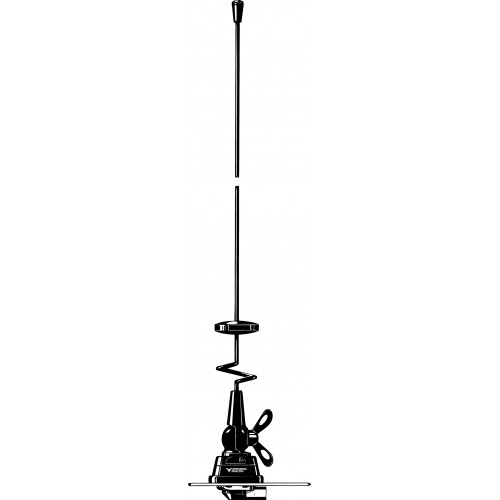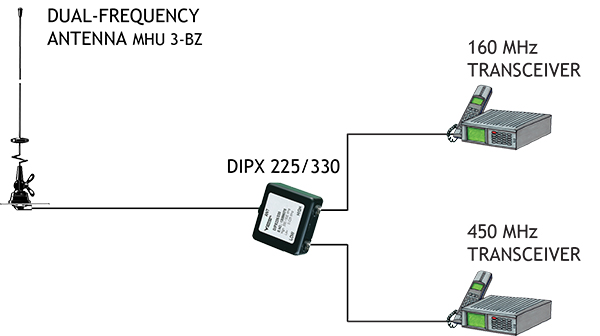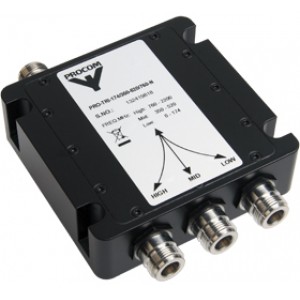- operate 160 and 450 MHz transceivers alternately on the same antenna
- operate two transceivers (160 and 450 MHz) at the same time on one antenna using a diplexer (type DIPX 225/330 – must be ordered separately).
- Only a single hole has to be drilled instead of two.
- Car appearance is not destroyed by an “antenna farm”.
- Ideal for covert services.
- Stainless steel BZ-mount with ball-joint and wing screw whip-fastening system.
- Simple mounting exclusively with access from the outside.
Models with roof thickness from 2 mm to 7.5 mm mounting from the inside. - Choice between two connection principles:
- BZ-mount: FME-connection (supplied without cable).
- BZP4-mount: Permanently attached 4 m cable terminated with FME-connector












